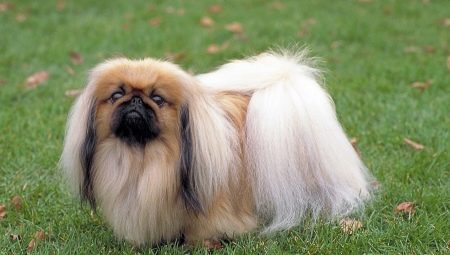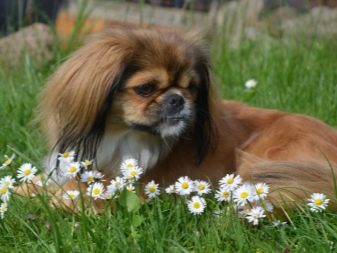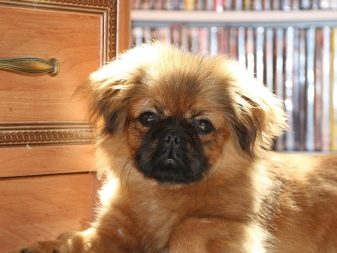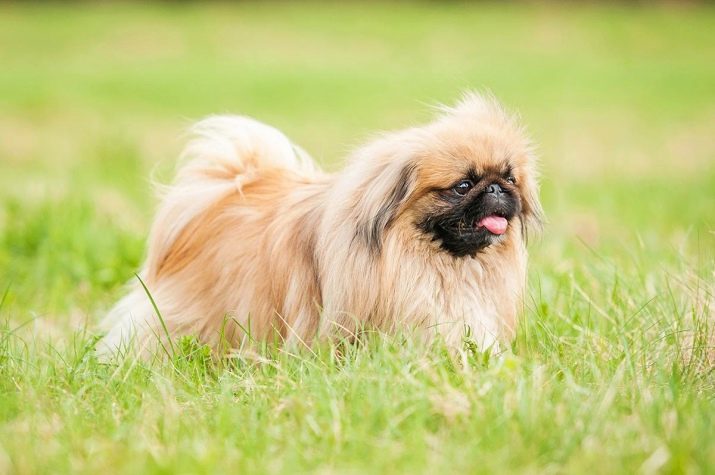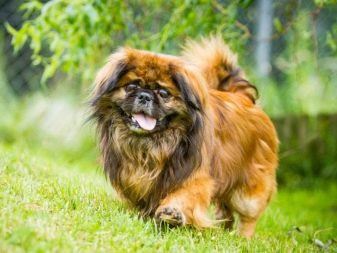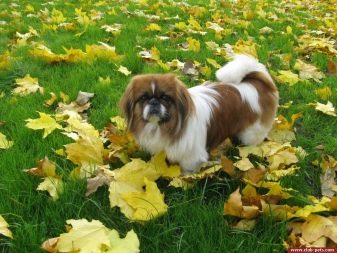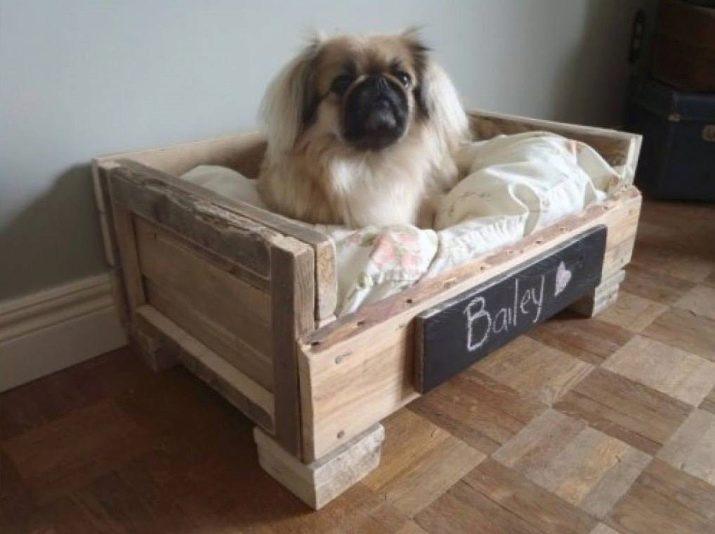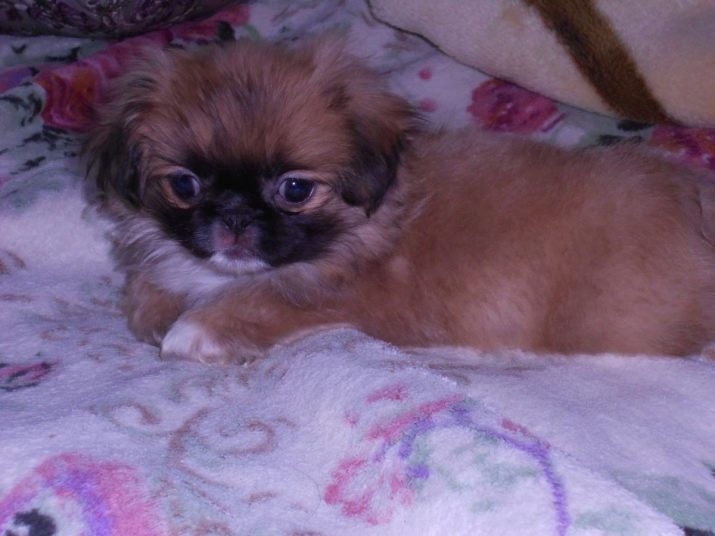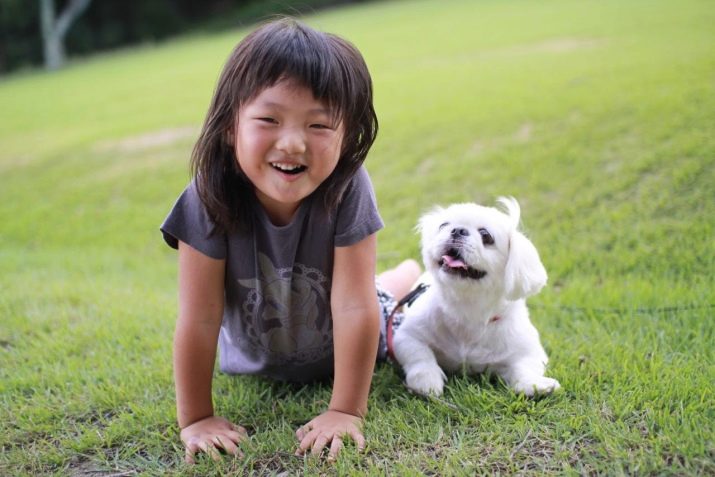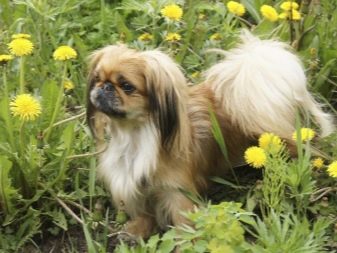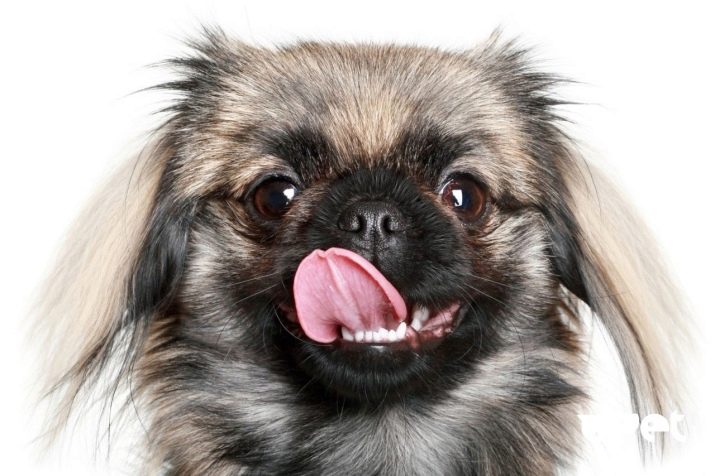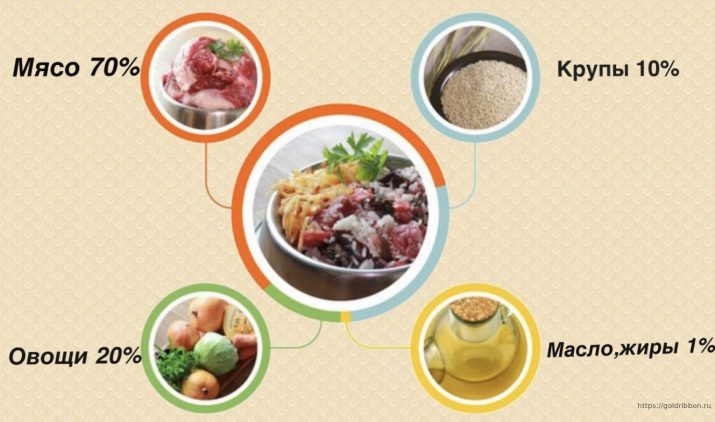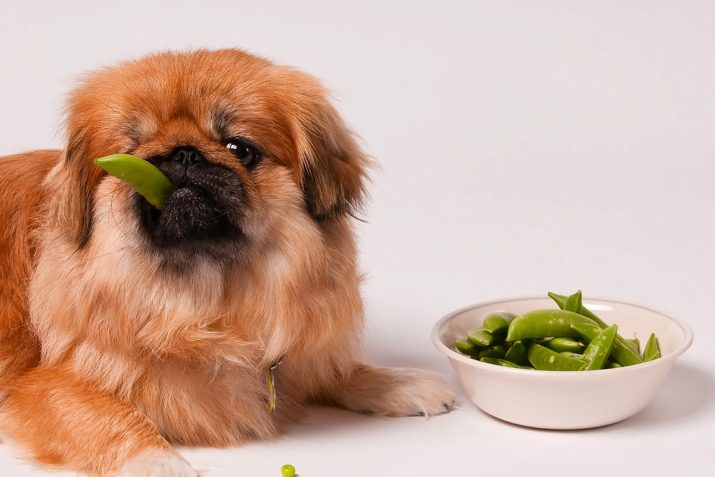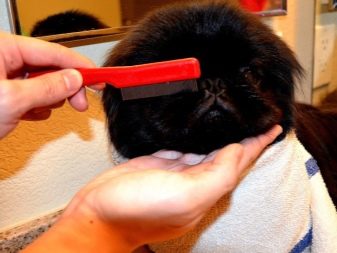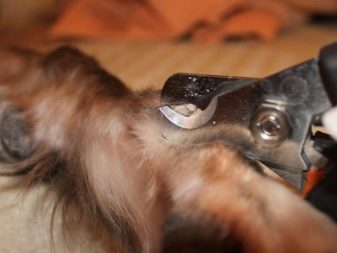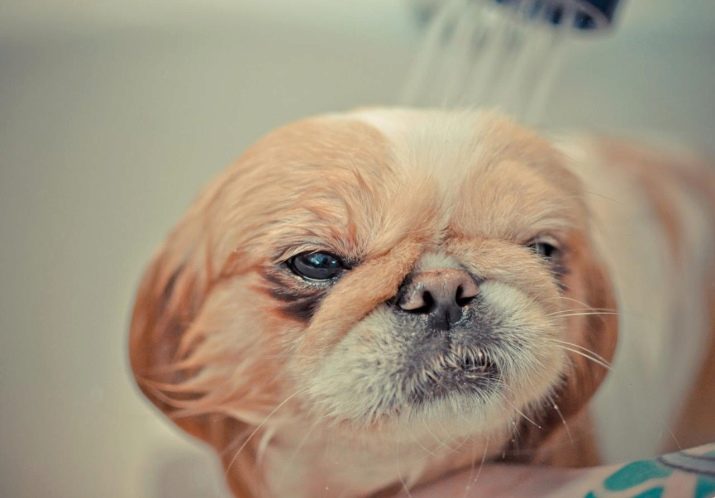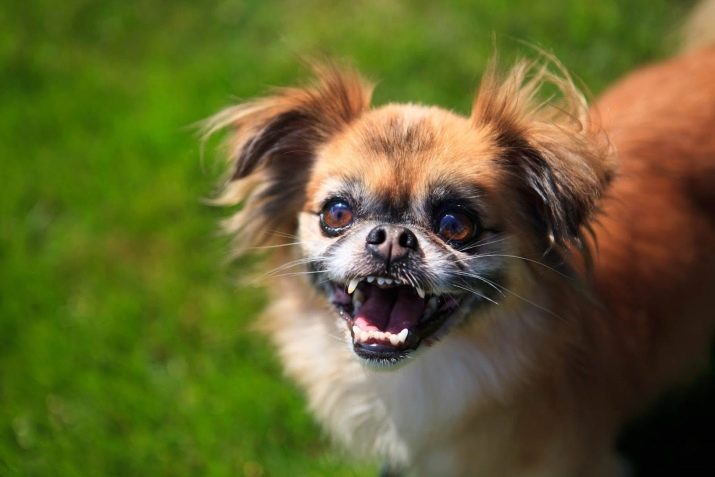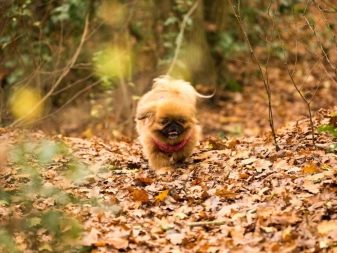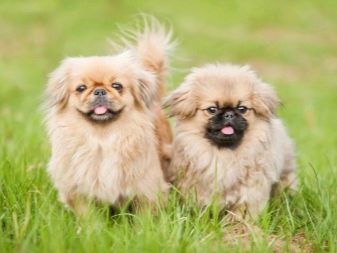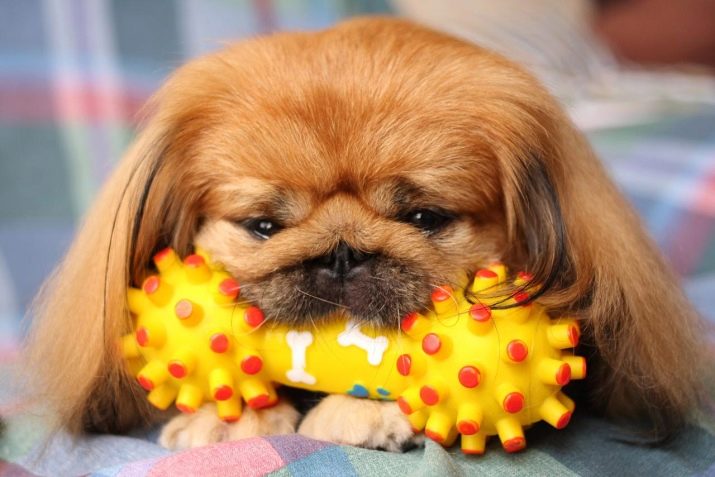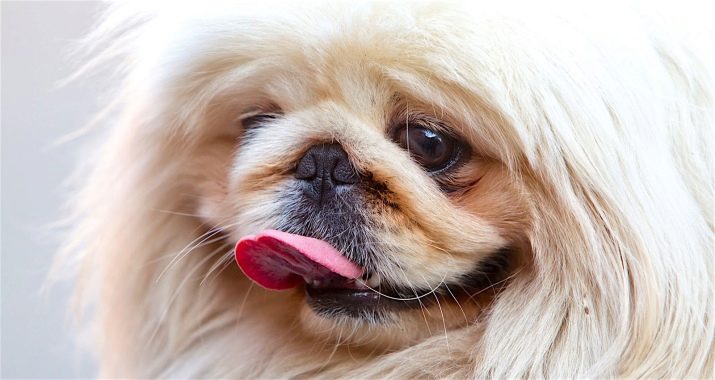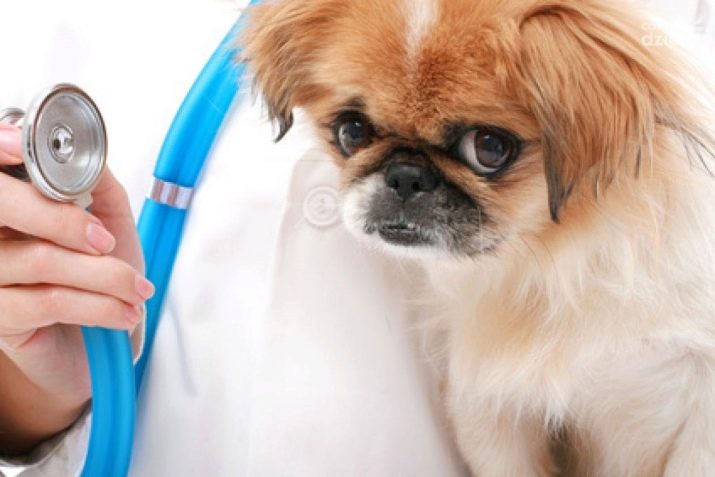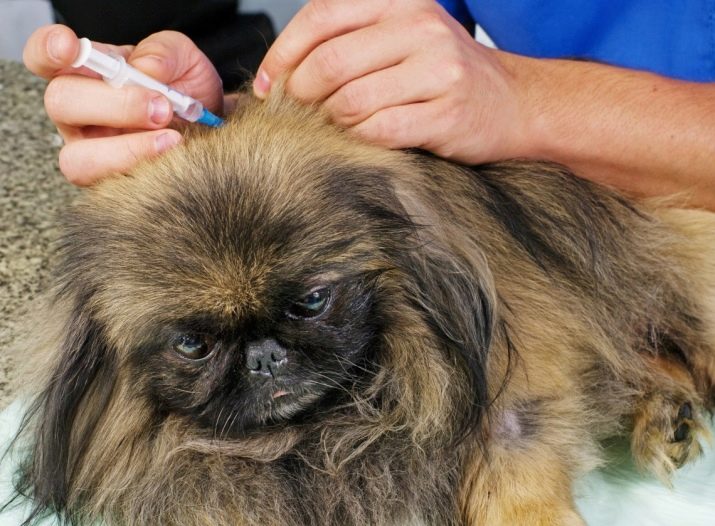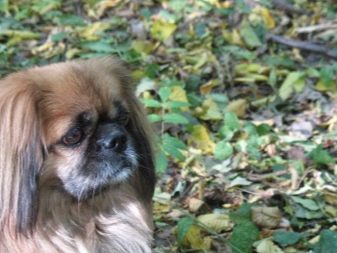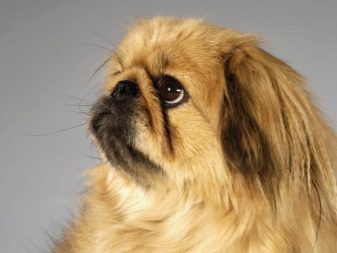Ornamental breeds of dogs are very much appreciated by breeders around the world for keeping them as pets. Among the variety of breeds of such animals, the Pekingese are particularly popular, which stand out for their visual appeal and friendly disposition.
Content Features
Caring for a four-legged pet Pekingese does not require the breeder to perform any specific activities. However, the features and nuances of the content will also largely depend on the health of the dog. Such animals most of all value a calm and comfortable environment in the home; this nuance should be taken into account for families with small children or several animals.
Pekingese does not tolerate chaos and excessive bustle, the owners of these small dogs note the calm disposition of animals, a sense of dignity and friendliness towards a person.
As a rule, the animal enters the house as a puppy, therefore The owner must first allocate a separate private space for the pet in the form of a secluded corner. Pekingese need to purchase or equip the bed, it is best to make it look like a house. You can use a basket or box with soft walls and bottom.
And also the animal will need several toys with which it will entertain itself independently in the absence of a person. For this not very mobile breed, it is recommended to buy several latex balls, as well as a pair of soft fabric toys. It is important that they do not contain small objects that the dog can tear off and swallow by negligence.
Pekingese content in the home requires consideration of the animal's habits, as well as its physiological characteristics. So, the breeder will need to pay special attention to a number of nuances.
- Regardless of the age of the dog, the owner should avoid overworking the animal. Especially in summer in the open air or in a stuffy room. Animals are very sensitive to high air temperatures in the light of the characteristics of the coat, as well as the structure of the skull. Therefore, overheating, the dog can get a serious heat stroke.
- The pet will need regular physical activity as well as training. However, the structure of the body and limbs of the Pekingese can cause injury to animals if they begin to climb on their own or jump from sofas, beds and other elevations on the street. Such situations when keeping an animal is recommended to be avoided.
- The important point is timely training the pet to cleanliness in the place provided for it.
- The territory of the dog in the house should not be located in the draft. And also the place should be secluded so that the animal, if necessary, could hide if it does not have a desire to be with family members at this moment.
- Small children need to handle animals as carefully as possible.because careless or inept contact can have serious physical and psychological consequences not only for the Pekingese, but also for the child.
- With the maintenance of such a small-sized dog to cope with its needs in the home you can put special tray or use moisture absorbing diaper. The animal needs daily walks in the fresh air, however, it can learn to go to the toilet in a special place in the house.
Nutrition
Due to the fact that the breed is not characterized by increased physical activity, as well as the animal has rather weak canines and a pressed jaw, dogs at home will need an individual diet. The following foods are banned:
- bones, especially tubular;
- confectionery;
- smoked meat;
- salting.
The pet should always be freely available. clean drinking water. Since the dog most often gets into the house as a puppy, after the mother's milk, Pekingese can be converted to supplementary foods at the age of one and a half months. You can start feeding dogs with specialized industrial feeds, or add natural food to the animal menu. The main product at first will be milk, cottage cheese, boiled lean meat.
Care Pekingese also involves the introduction to the diet of fruits and vegetables. Of the permitted and useful products for the animal is to provide carrots, apples, zucchini.
When purchasing commercial food for puppies of this breed, it is recommended to choose canned premium products in the form of pastes. It is necessary to offer food to the dog no more than 4-5 times a day, adhering to approximately the same time intervals between feedings. Towards half a year, it will be right to feed the Pekingese three times a day. At this age, the menu of the animal must contain cereals, eggs, as well as raw potatoes.
A dog older than 7 months is allowed to transfer to an adult ration, which implies two meals a day.
While caring for the growing Pekingese, boys and girls, it should be understood that it will be quite difficult for a dog to crush dry food in the light of the jaw structure, as a result, the animal will swallow it whole, which is fraught with digestive disorders. The predominant factory products for dogs should be sauces, gravies and pastes.
A breeder who plans to care for and maintain Pekingese in a dwelling should take into account one nuance of the breed, which concerns the predisposition to obesity. Therefore, from 2 months you should strictly control the menu of the dog, excluding fatty meats from the diet, and introduce a lot of different vegetables and fruits into the menu.
Cheese will be especially useful for dogs. Meat products and by-products must be cut into small pieces before serving, preferably pre-boiled. Since the Pekingese are prone to the formation of stones on the teeth, as a preventive measure, they are recommended from time to time to give the beef bones to gnaw.
From a young age, the health of the dog should be maintained with vitamin complexes, calcium and calcium-containing foods are very important for puppies. For beautiful and healthy wool, pets can include seafood in their diet. For elderly and pregnant Pekingese, you can use vitamins recommended for dogs, which can be purchased in vetaptekah.
The breeder can determine what substances the dog lacks by its behavior. If a pet eats feces, then Pekingese needs vitamin B12; when curving the bones on the limbs, the dog should be given calcium and vitamin D, if there is a shortage of vitamin P, the dog can pick up cigarette butts on the ground.
Hygiene
A dog of this breed requires regular attention from the breeder. First of all it concerns the care of wool due to its length and thickness. Pet needs to be combed so that the wool does not roll into mats, which then have to be cut. Usually adult Pekingese combed through the day. In the summer you can grooming so that the dog does not suffer so much from the heat.
In addition to grooming, hygiene measures will apply to the dog's claws. They will need to be cut off as they grow back, otherwise claws will wrap and grow into the skin. For this procedure in pet stores there are special kogterezy.
And also the dog will need to bathe quite often. For water treatments should use special care cosmetics designed for long-haired dogs. Pekingese can be dried with a hair dryer, but the air flow must be directed in the direction of wool growth.
The owner's attention is deserved by the pet's ears, which, due to their size, become polluted rather quickly. To clean the ears, you should use wet cotton pads or additionally purchase special tools in the store for cleaning the dog's ears.
In their structure, the pupils of the Pekingese are quite prominent. Due to these features, the pet will need to clean its eyes every day from mucus and various kinds of discharge. For these purposes, you must use a lint-free rag and a special solution. Pekingese eyeballs can occur. In such a case, immediate veterinary assistance will be required.
The oral cavity is another weak point of the breed, so it will need regular inspection from the breeder. This applies to adult dogs as well as puppies. In dogs, deposits of stones on the enamel very often occur, which can lead to loss of teeth. When detecting yellow plaque and inflammation of the gums, the pet will need the help of a specialist. As a preventive measure for such ailments, special elastic treats made from tendons or cartilages should be purchased for the animal, which will help to clean the mouth. You can also regularly brush your teeth with a toothbrush.
Walking
Although the Pekingese are not as active as some breeds of dogs, they should not be kept at home all the time without walking. Even under the condition that the pet is accustomed to walk on the tray in the home. It is necessary to walk with animals of this breed daily so that they receive a much-needed portion of fresh air. In addition, walking on the street will help to avoid the rapid growth of claws, they will grind a bit on the asphalt.
Walking should not last less than a quarter of an hour, subject to morning and evening walking. An exception may be difficult weather conditions.
Training
Training teams should be conducted from the moment the puppy appears in the house. But first, the animal should get used to the society of man and other pets, if available in the house. Usually, training and training are held in the open air, in a place where large dogs will not walk.
Despite their size, the Pekingese often aggressively react to large animals, and can even fight with them, which is fraught with serious injuries.
First of all, the dog must get used to the collar and harness that will be present during the walks. And also the dog must be trained in the following commands:
- "A place";
- "Fu";
- "Beside".
In addition to the basic commands, Pekingese training may involve such tricks as jumping on its hind legs, turns. But first, it is recommended to observe the pet, highlighting the movements that will be his pleasure. In the process of training it is necessary to encourage the animal delicacy. Shouting and gesticulating actively in the learning process is impossible. And the expression of joy and praise for the successful execution of commands should be mandatory.
Dogs may show some stubbornness in the learning process, the breeder should not break the animal's will with aggression or force, but at the same time show perseverance and patience. The pressure from the owner can lead to the fact that the dog will simply be afraid of the person.
But you should also pay attention to the behavior of the dog in the house and on the street, undesirable moments should be strictly stopped even at a young age of the dog. Otherwise, the animal will form an understanding that gnawing shoes or furniture is the norm.
Possible diseases
All pets, including Pekingese, still small puppies should be vaccinated against major ailments. This is an important point regarding dog care.
Some part of the vaccinations may make the dogs still in the kennel, the breeder should ask about this issue when buying an animal, since vaccination should be timely.
Among the especially dangerous diseases to which the Pekingese have a predisposition, it is necessary to highlight:
- demodicosis;
- tartar;
- diarrhea;
- urolithiasis disease;
- Malassezia.
Vaccination will reduce the risk of disease. However, the dog will require regular inspection by the breeder. Signs of ailments can be such moments:
- changes in the behavior of the dog - itching, apathy, temperature;
- the appearance of an eyesore on the pupil, pus in the corners of the eyes.
Also, due to the structure of their skull, animals can suffer from inflammation of the airways. This is due to the fact that the flat nose of the dog does not cope with the task of heating the air in cold weather, as a result of which the pet swallows it cold. A visit to the vet in this case will be mandatory.
Among the ailments to which the breed is prone, it is necessary to distinguish the appearance of a hernia. This is due to the elongated body structure of the dog. This feature can lead to overloads involving the spine, the development of arthritis or osteochondrosis.
Together with the long torso, the Pekingese have rather short limbs. Such a physiological feature can cause problems for the joints.
The breeder is recommended to pay special attention to this, closely monitor the gait of the animal.
But, as the experience of keeping this breed shows, most often the joints start to bother the dog already in old age. Initially correctly formulated pet diet will help in the future to avoid such problems.
In the next video you can get acquainted with the unique features of the Pekingese dog breed.
